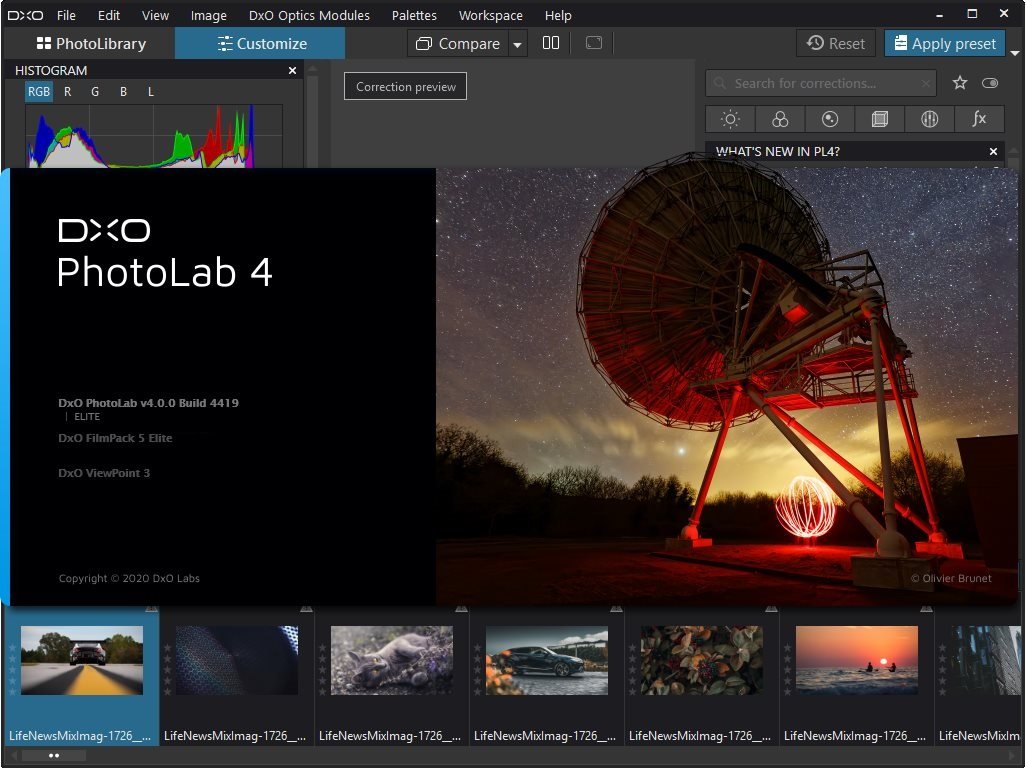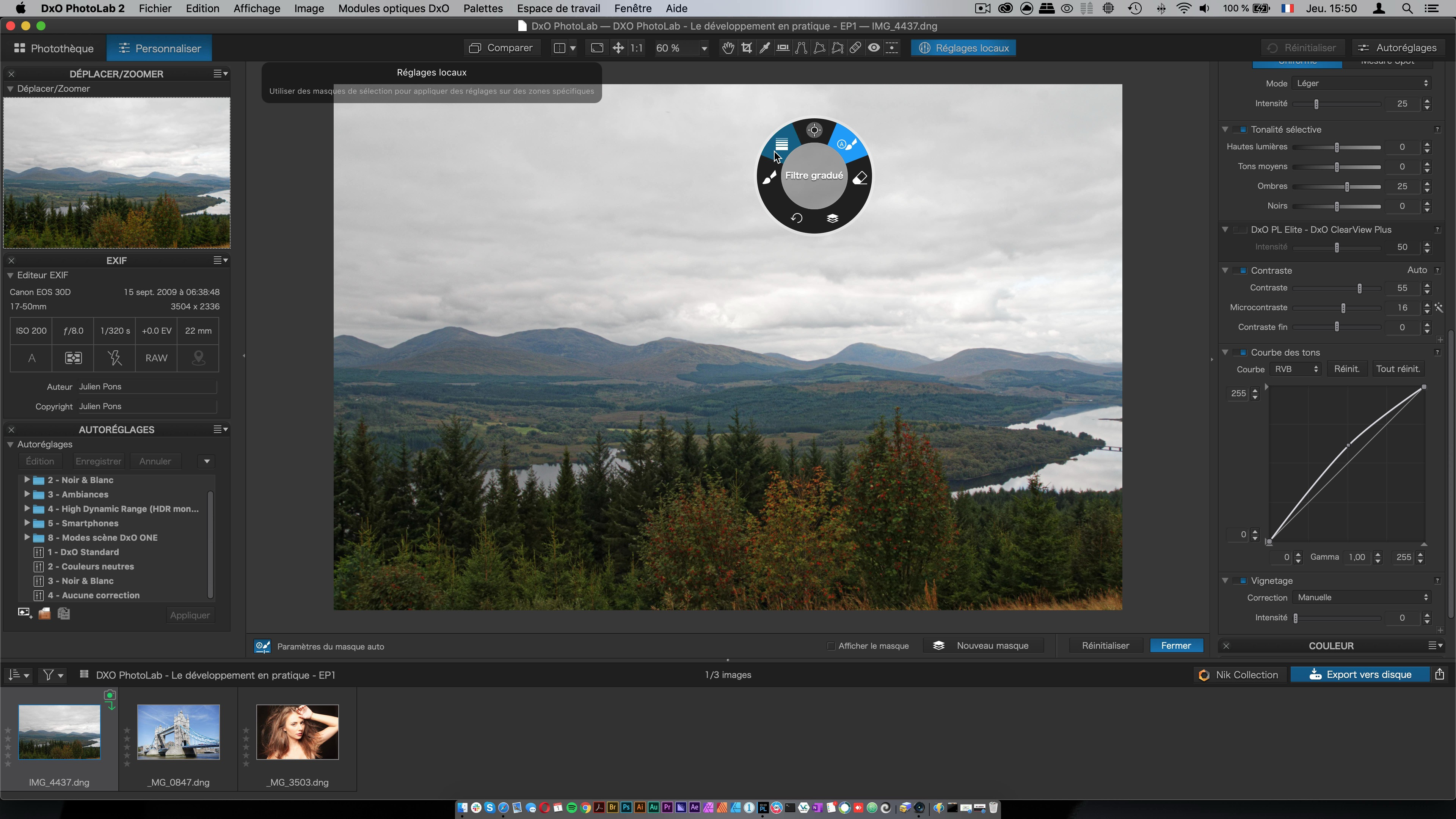

Clicking on the icon takes you through the sections which are named Lights, Color, Detail, Geometry, Local Adjustments and Creatives. Taking ControlĭxO has divided the adjustment parameters into sections, each with its own icon. The image preview is at the centre of the screen. Alternatively, with the image selected in the PhotoLibrary, just click on the Customize tab.Īll the adjustment controls are arranged in a column on the right of the Customize screen while the key settings and editing history are shown in the column on the left.

With that decision made, type in the name that you want to use and if given the option, select where you’d like it to appear (before or after the current name) in the file name.Īs I said, you can double-click on an image to open it in DxO PhotoLab’s Customize section. Then you have the option to chose between ‘Replace text’, ‘Add text’ and ‘Rename & Add Counter’ in the box that appears. You just select the images that you want to rename and then select Image > Rename Selected Images in the menu. Batch Renamingīatch Renaming was added with PhotoLab 4 and is very easy to use in the PhotoLibrary. Crucially, the keywords are IPTC-compliant which means they are visible and searchable in other programs such as Adobe Lightroom Classic. Unlike previous versions, DxO PhotoLab 5 supports EXIF and IPTC metadata and it’s possible to apply keywords and then search for images using keywords. This is where you can make any edits and it’s where the real strength behind PhotoLab and DxO optical assessments comes into play. Helpfully, hovering the cursor over an image reveals its key data.ĭouble-clicking on an image opens it in the Customize section. You can filter the images in a folder using aspects such as star ratings, file types and tags. The PhotoLibrary section is where you browse images.
Dxo photolab 5 download#
If the necessary correction modules aren’t already installed, it prompts you to download them.
Dxo photolab 5 software#
What’s more, when you preview a folder of images, the software automatically checks the EXIF data to find out what cameras and lenses were used. Unlike Adobe Lightroom, there’s no need to import images. One of the nice features of PhotoLab 5 is that it works around your filing structure.
Dxo photolab 5 full#
The Essential version has the optical corrections and a few additional controls but DxO PhotLab 5 Elite, reviewed here, has the full range of tools including the DeepPRIME and ClearView. Like the previous versions of DxO PhotoLab, PhotoLab 5 enables localised adjustment using U-Point technology, however, thanks to new tools, the area targeted for adjustment can sometimes be refined more easily than in previous editions.ĭxO PhotoLab 5 is available in two versions, Essential and Elite. The Elite version of DxO PhotoLab 5 also features an upgraded (faster) version of DxO DeepPRIME that benefits from artificial intelligence and deep learning for incredible noise reduction. In an exciting new development for PhotoLab, the latest version is compatible with some Fujifilm X-Trans CMOS sensors. Consequently, when you use PhotoLab for the first time, you’re prompted to download the necessary correction modules. The automatic corrections are available for different camera and lens combinations.
Dxo photolab 5 how to#
It uses DxO’s in-depth understanding of optical flaws and how to correct them to enable automatic corrections, but it’s also possible to make global and local adjustments manually.

PhotoLab 5 is the latest version of DxO’s excellent image-editing and optical correction software.


 0 kommentar(er)
0 kommentar(er)
